When I say email marketing, what comes to mind? Mountains of spam, I bet. I think we can all agree that way too many useless emails are floating about, and that’s saying nothing about that nasty “won’t you leave me alone” feeling we all get when spotting one of them crowding our inboxes. Let’s get one thing clear: that (insert shudder) isn’t email marketing. It’s death by a thousand cuts, also part of How To Make Your Customers Disappear 101: Noise Pollution… or, in less heated terms, spam.
So what is email marketing?
Simply put, email marketing is the practice of using email to promote an organisation and/or its product and services to targeted customers. And here is the key: targeted customers. This means individuals who have opted to receive communications from your brand. Email marketing carefully curates engaging and compelling content to a meticulously selected audience. As such, indiscriminately bombarding anyone you can with emails about lawnmower sales does not qualify as email marketing.
… And what makes it worthwhile?
Email marketing enhances the customer experience
It enables you to tie the different touch points (your website, organic social media, partners, paid ads) your customers go through together to create a smooth and continuous customer journey across your multiple platforms and channels. Email marketing works as the bridge that links all your customers’ individual experiences on different platforms together so that they form a seamless, overarching experience.
It’s a brand awareness booster
This is the most obvious benefit of email marketing: reminding people you’re there! This is more important than one might think. All of us have a thousand and one big and small interactions with multiple brands each day, which makes it difficult to remember any one in the medium (let alone the long) term. Audience members may or may not stumble on your brand or its communications again, thereby rekindling the brand awareness spark, but it is not guaranteed.
Email marketing is therefore a conscious effort on your part to fan the brand awareness spark into a brand recall fire. (Excuse the fire metaphors, I am writing this in the middle of a cold Scottish winter and had fireplaces and bottomless hot chocolate on my mind). Now, you may be thinking that you can do all of this through your organic social media. True enough, social media is a great tool for brand awareness… just not as powerful as email marketing. Unless you’re following a brand, you may or may not see specific brands’ posts appear on your timeline, so it’s a bit of a gamble.
You will definitely see emails in your inbox (remember, we’re not spam so no reason for your comms to end up in the junk folder). While 14% of individuals check social media in the morning, 58% check their emails and check them about 20 times throughout the day. And now for the knock-out punch, on average the engagement rate on organic social media is 0.58%, while email marketing has a 22.86% open rate and 3.71% of views lead to website visits.
It allows for personalisation
Most channels your brand will use have you addressing your entire audience at once. While this means more people will hear your message, it may not be worthwhile for everyone to pay attention to, meaning that some individuals may get the wrong impression about your brand and what it can do for them.
Email marketing allows you to segment your messages to fit your different target audiences. This way, each type of customer gets a message that is valuable to them and aligned with their wants, needs and values. And this is the beauty of carefully built mailing lists: personalised communication is also more effective. By tailoring your message to your customer segments, you increase its readership, the perceived value of your brand, and in turn, sales.
Bonus: by using different messages per target segment, you can learn about their preferences, what works best for them and their behaviour. The better you know your audience, the best you can serve them… and increase your sales.
It helps you to nurture and deepen relationships
With email marketing, you are communicating with a warm audience: individuals who already know of your brand and who like it to an extent (remember, we’re not talking about spam, here). Through regular communication, email marketing enables you to slowly reveal other compatible facets of your brand to your target audience for them to get to know you a little better.
If you are clever with this tactic, you can also adapt your timing and content to fit major relevant moments in your audience life. This would demonstrate your understanding of your customer base but more importantly that you can be a partner in their lives. If you can achieve this, it will be absolute gold for your brand. This shift in perception deepens your relationship and upgrades your connection from a rational to an emotional one, which is stronger and longer lasting.
It’s an owned channel
Contrarily to paid advertising, email marketing is an owned channel, which means that you have complete control over the following:
- Your message
- Its visual aspect
- The timing and frequency
- The audience
This type of control is not that common when it comes to marketing. With email marketing, there are very few restrictions and templates you need to follow, allowing you to design every detail of your brand’s appearance, message and communication style.
It’s cost effective
In part because it is an owned channel, email marketing is an economical way to reach your audience. In the grassroots stage, all you need is a little time to write your message, basic computer skills, repurposing your brand assets (pictures, videos, GIFs) and you can send the lot through your regular email platform. At this stage, your emails are cheap and not too time consuming.
Once your business and brand stabilises a little, you can move to email marketing platforms like Klaviyo, Mailchimp and the like for a more polished look, scheduling and analysis capabilities. These platforms are relatively inexpensive, with varied levels of subscriptions to fit your brand’s needs, and they save you some time by giving you templates to work with and automating some of your work. When your brand gets even bigger, you can opt for a higher-level subscription, saving you even more time for a reasonable price.
Performance is easy to track and has a high ROI
Last but certainly not least, performance is easy to track and highly successful. By UTM tagging the links you include in your emails, you can review the behaviour of users who clicked on it. With this tool, you will be able to know by audience segment how many users visited your page, how many times, how long they spent on it, how many pages were visited on the website, and how many conversions (purchases if your brand is in eCommerce) were made. All of this will give you a good idea of how well each segment email performed and the overall interest in the content you have published.
Not only is email marketing performance eminently trackable and measurable, its return on investment is high, with email being one of the highest-ranking marketing tactics. In 2020, for every £1 spent on email marketing, £35.41 was earned in return! Hard to argue with those numbers.
… So, have we convinced you yet?
Want to get into email marketing or upgrade your game? Get in touch with us now at [email protected], we would love to hear from you!
Sources
https://optinmonster.com/email-marketing-vs-social-media-performance-2016-2019-statistics/
https://www.statista.com/statistics/283067/return-on-investment-roi-for-email-marketing-in-the-uk/
https://www.kub-uk.net/insights/email-marketing-stats/

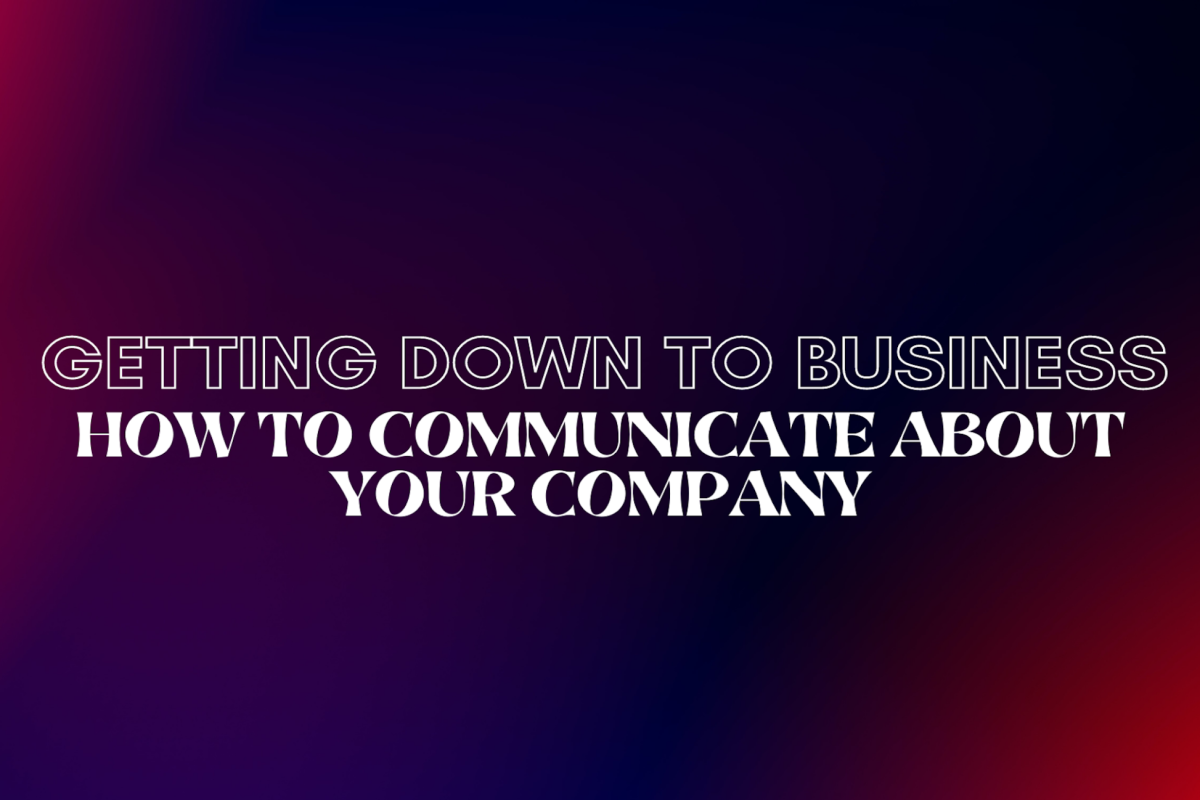
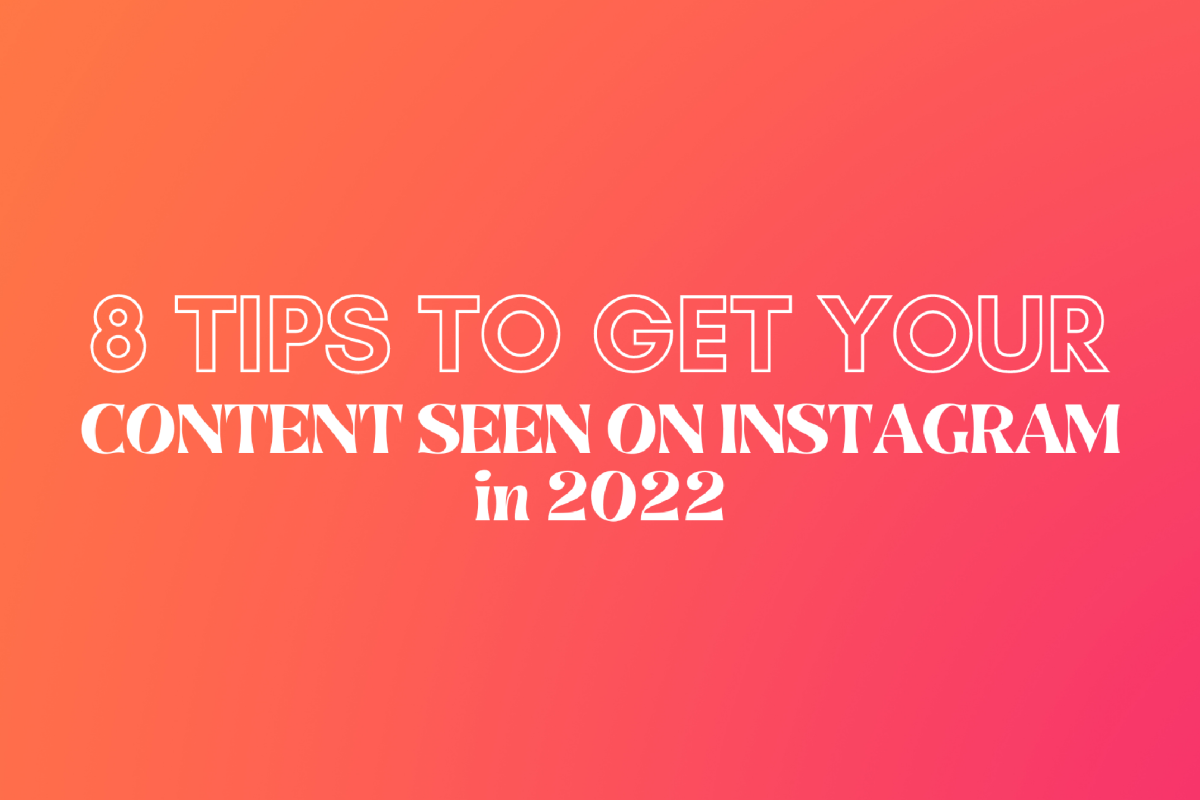
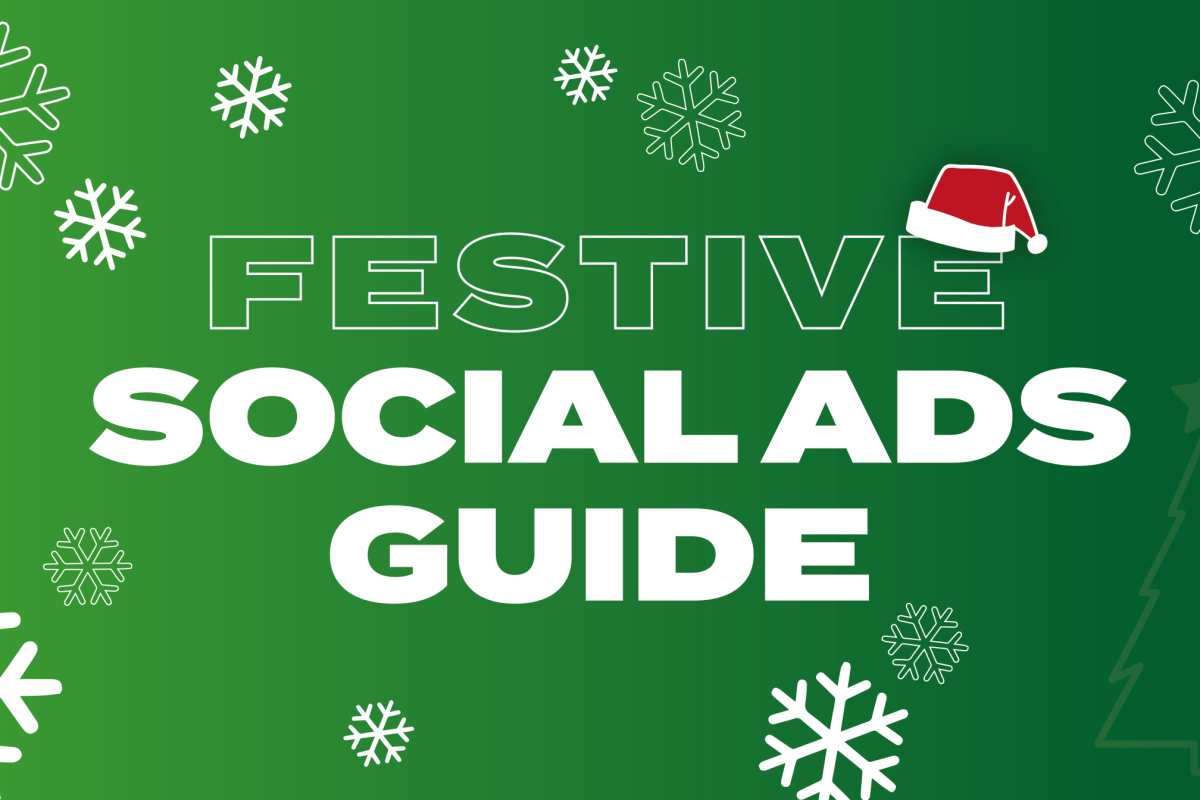
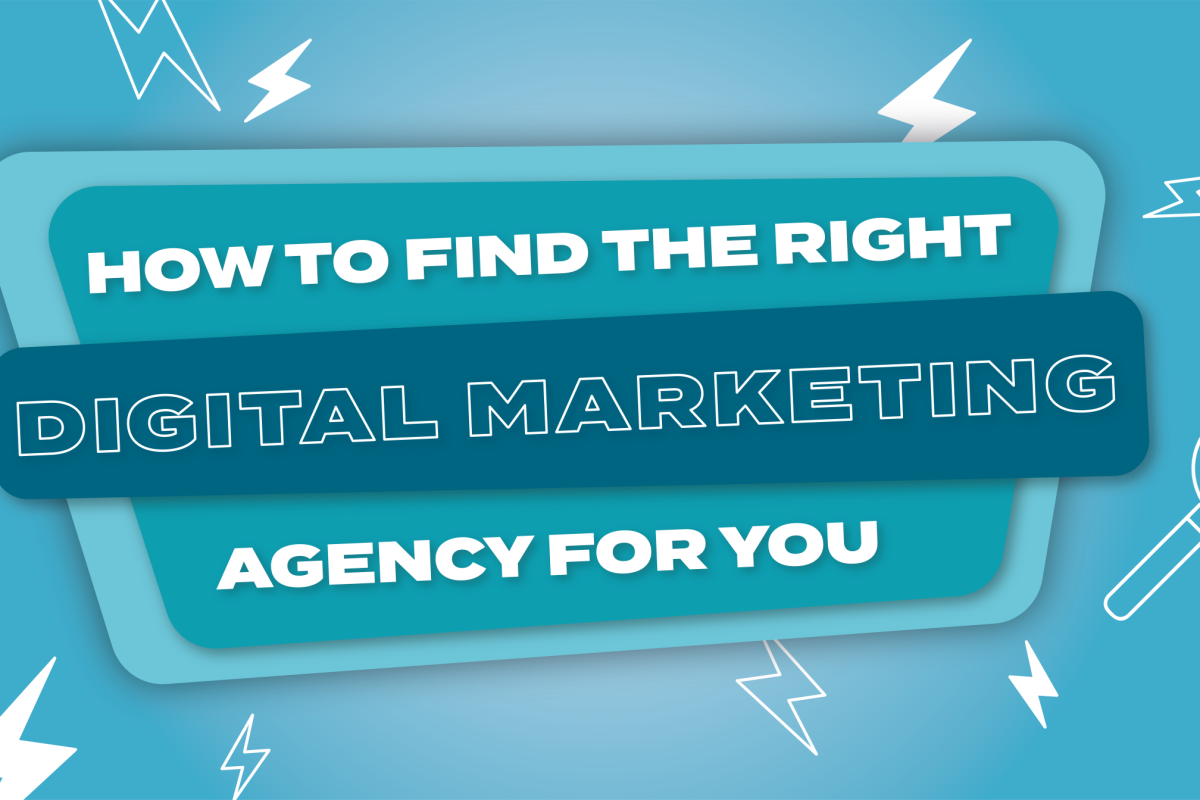
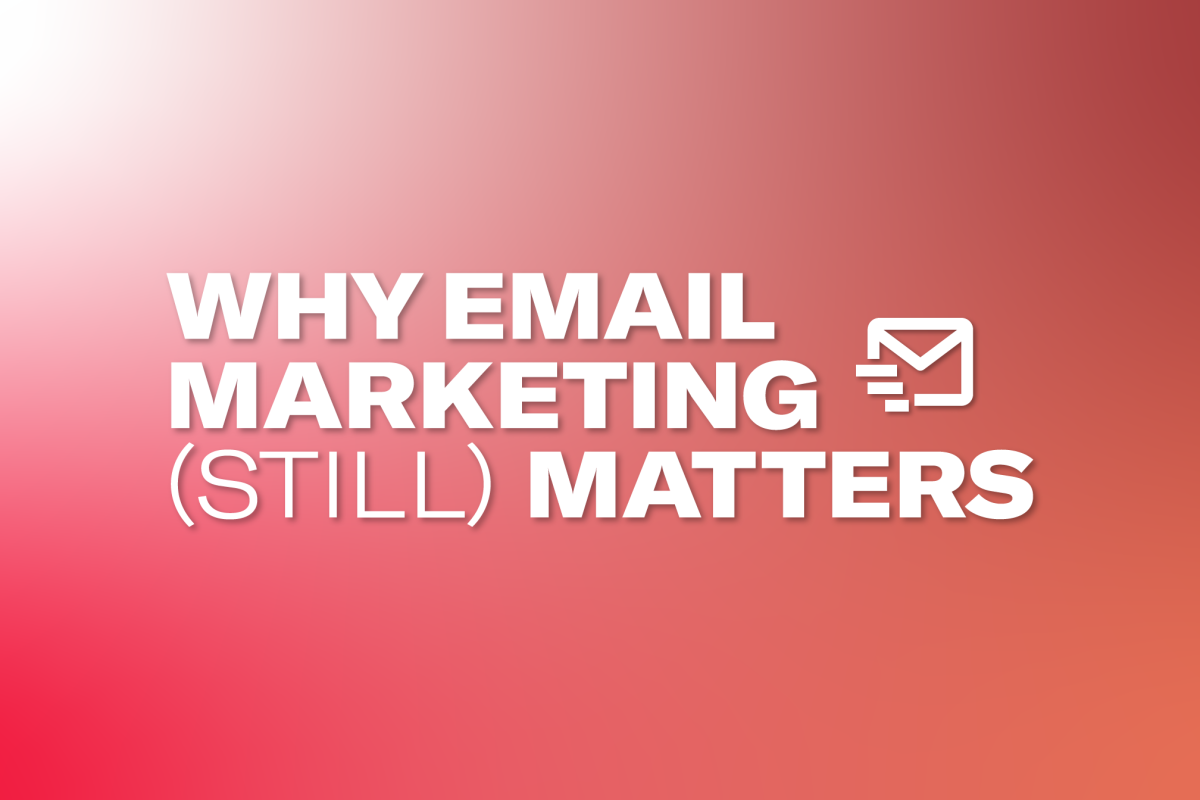
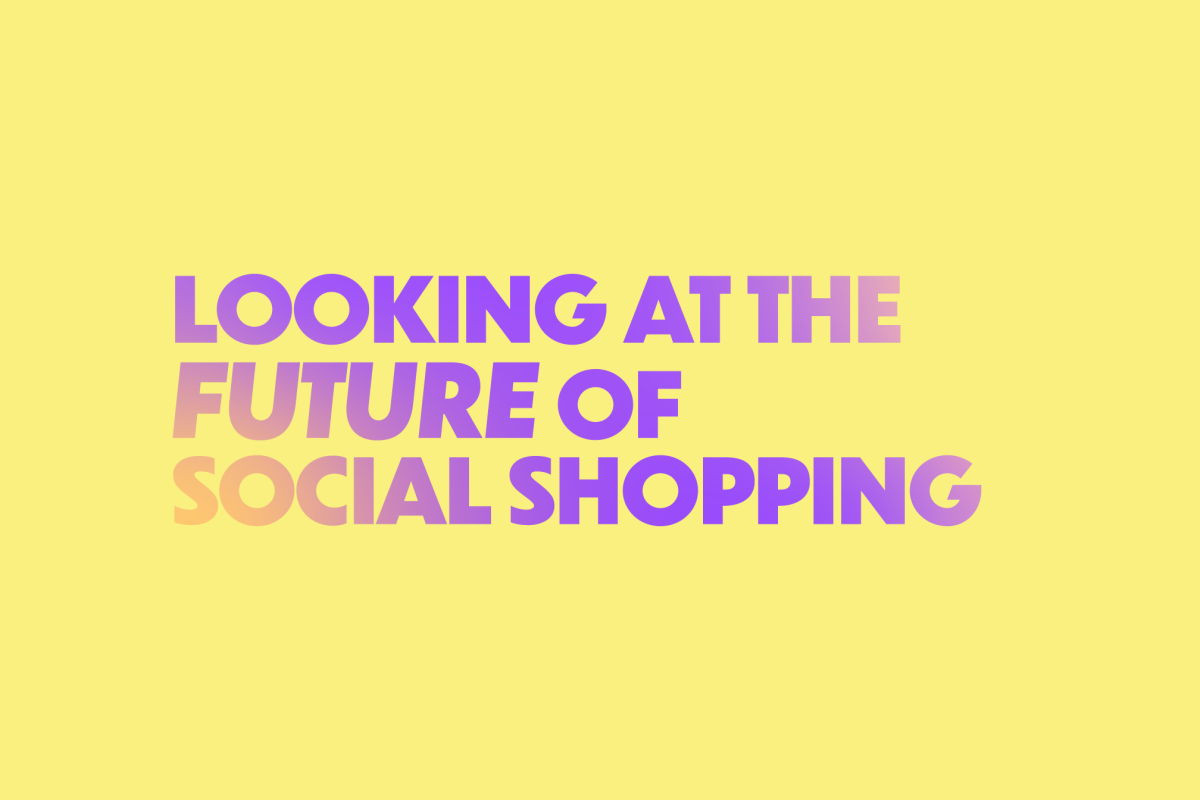
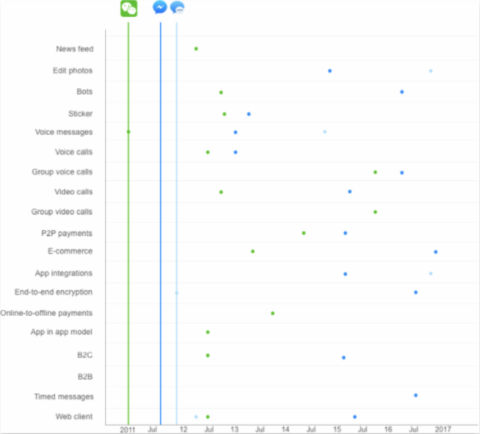 *
*